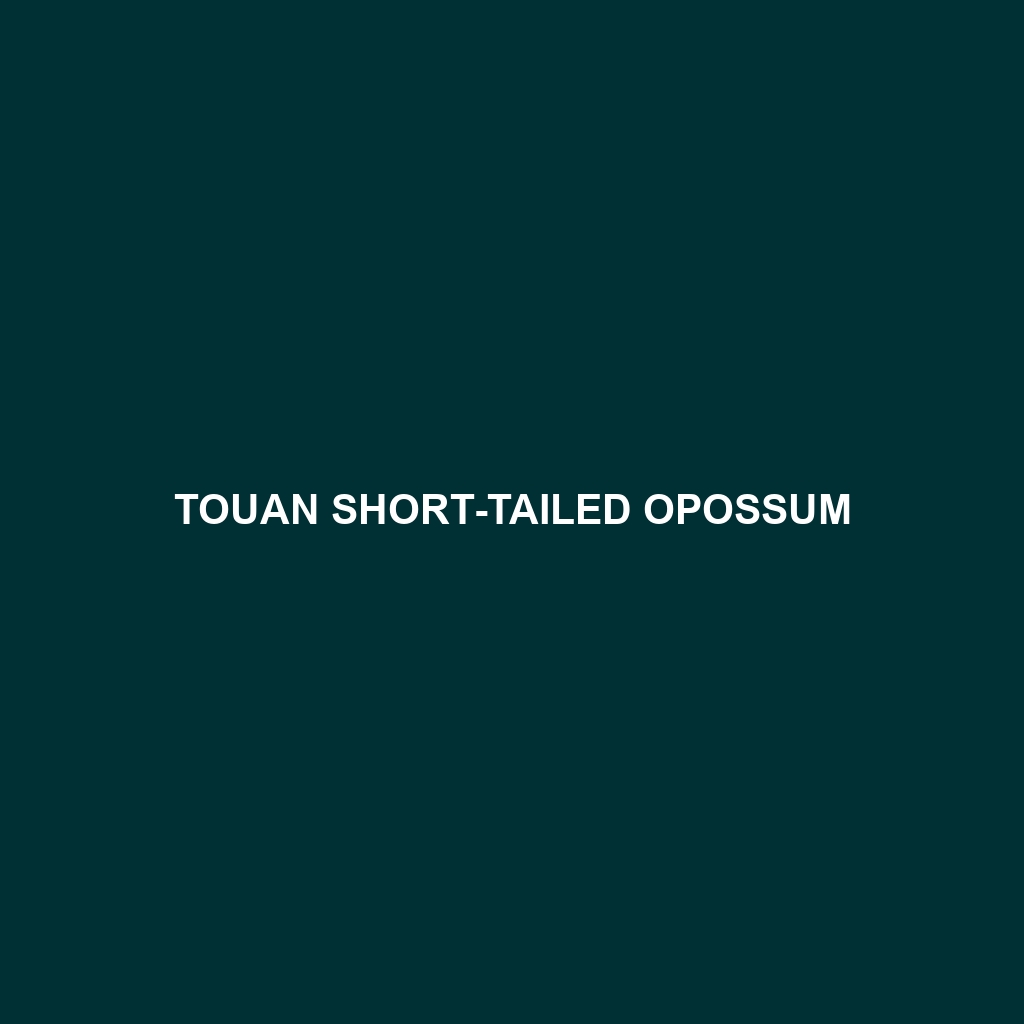Single-striped Opossum: A Comprehensive Overview
The Single-striped Opossum (Dactylopsila trivirgata) is a unique and intriguing marsupial native to the tropical rainforests of New Guinea and northern Australia. Known for its distinct stripe running along its back, this small possum is an exceptional example of adaptation and survival in dense forest environments.
Physical Characteristics
Size: The Single-striped Opossum is a small to medium-sized marsupial, with an average body length ranging from 19 to 27 centimeters (7.5 to 10.6 inches) and a tail length similar to its body size.
Coloration: This opossum has a striking black and white coloration. The most distinguishing feature is the single, bold black stripe that runs from the top of its head, along its back, to the base of its tail. The rest of its body is predominantly white with some black patches.
Special Features: Its fur is dense and soft, providing excellent insulation. The Single-striped Opossum also has large, forward-facing eyes, which grant it excellent night vision, crucial for its nocturnal lifestyle. Its long, prehensile tail aids in balance and maneuverability among the branches.
Behavior
Social Interactions: Single-striped Opossums are generally solitary creatures, coming together only during mating seasons. They use scent markings to establish territories and avoid confrontations with others.
Feeding Habits: They are omnivorous, with a diet that primarily consists of insects, small invertebrates, fruits, and nectar. Their long, dexterous fingers and sharp claws are particularly adapted for extracting insects from crevices in trees.
Ecological Roles: As insectivores, Single-striped Opossums play a crucial role in controlling insect populations. Their diet also makes them important pollinators and seed dispersers, contributing to the health and diversity of their rainforest habitats.
Habitat and Adaptations
Habitats: These opossums inhabit tropical and subtropical rainforests, thriving in areas with dense foliage and abundant tree cover. They are arboreal, spending most of their lives in the treetops.
Adaptations: Their arboreal lifestyle has led to several distinctive adaptations, including strong limbs for climbing, a prehensile tail for gripping branches, and sharp claws for digging and foraging. Their nocturnal habits help them avoid many daytime predators and reduce competition for food resources.
Conservation Status
The conservation status of the Single-striped Opossum is currently listed as Least Concern by the IUCN Red List. However, their populations are vulnerable to habitat destruction caused by deforestation and land development. Conservation efforts are essential to ensure their habitats are preserved and protected from further degradation.
Fun Facts
The Single-striped Opossum has a unique method of feeding on insects. It will use its specialized, elongated fourth finger to tap on wood and locate hollow spaces where insects might reside, a behavior reminiscent of the aye-aye lemur of Madagascar.
Unlike many opossums, which are known for playing dead as a defense mechanism, the Single-striped Opossum relies more on its agility and ability to hide in the dense canopy to evade predators.
Their dense and soft fur was highly valued by indigenous people for its warmth and was often used in traditional garments.
The Single-striped Opossum is a remarkable creature with fascinating adaptations that allow it to thrive in its rainforest home. Understanding and protecting this species is crucial for maintaining the ecological balance and biodiversity of their habitats.
